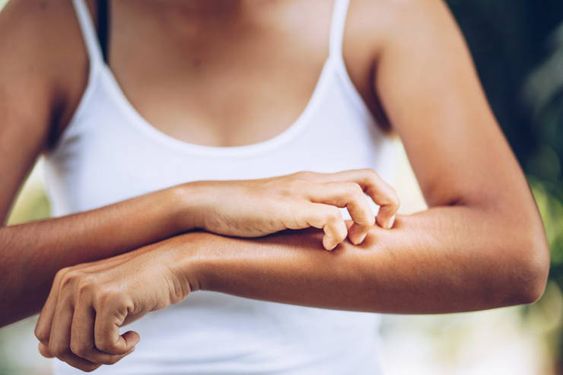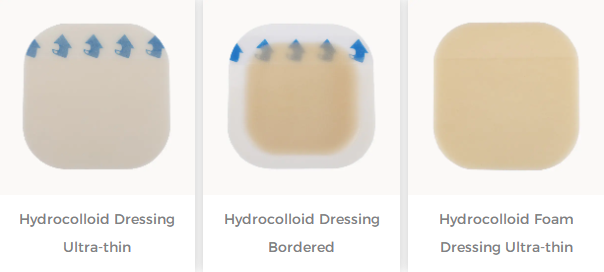When our wounds scab, we sometimes feel unbearable itching, which is a common physiological reaction. Below, we'll look at why you itch after a wound scabs over, and what to do about it.
First of all, we need to know what causes the wound scab. When the skin is injured or infected, the immune system releases chemicals that irritate the skin around the wound, causing an inflammatory response. These chemicals cause epidermal cells to proliferate and differentiate, forming a hard shell called a scab.
However, itching may follow as the wound scabs over. This is because epidermal cells proliferate and differentiate to form a new layer of skin after the wound has healed. This process causes the skin around the wound to heat up, which can irritate nerve endings and cause itching.
In addition, itching after the wound scabs may also be a sign that the wound has not fully healed. If the wound has not healed sufficiently, it may be painful and itchy. Therefore, if you experience itching after a scab has formed, it is best to consult a doctor to determine whether the wound is fully healed.
How to relieve itching after a wound scab?
1. Keep it clean and dry
Keeping the wound clean and dry is an important way to relieve itching after the wound scabs. If the area around the wound is wet or sweaty, it can become infected or inflamed, which can make the itching worse. Therefore, dressings need to be changed frequently to keep the skin around the wound clean and dry.
2. Using a cream or spray that contains a local anesthetic
Creams or sprays that contain a local anesthetic can help relieve irritation of the nerve endings, which can relieve itching. These drugs include lidocaine, bupivacaine, and others. When using these drugs, you need to pay attention to the dosage and method of use to avoid adverse reactions.
3. Avoid scratching the skin around the wound
Scratching the skin around the wound may irritate nerve endings, causing itching. Therefore, avoid scratching or massaging the skin around the wound to avoid aggravating the itching.
4. Diet adjustment
Some foods may aggravate skin itching, such as spicy food, coffee, chocolate, etc. Therefore, these foods need to be avoided in order to relieve the itching sensation.
5. Use a cold compress
Applying a cold compress can relieve itching. Place ice packs or wet washcloths around the wound to relieve
For itching after a wound has scabbed over, there are ways to relieve symptoms.
In conclusion, itching is a common physiological response after wound scabbing. If you experience itching, try keeping the wound clean and dry, using a cream or spray that contains a local anesthetic, or avoid scratching the skin around the wound to help relieve symptoms. If you experience severe symptoms, it is best to consult a doctor.
For more information on Innomed® Hydrocolloid Dressing, Refer to the Previous Articles. If you have customized needs, you are welcome to contact us; You Wholeheartedly. At longterm medical, we transform this data by Innovating and Developing Products that Make Life Life easier for those who need loving care.
Editor: kiki Jia
Date: May 9, 2023

 English
English عربى
عربى Español
Español русский
русский 中文简体
中文简体








